Take it from any musician used to playing live shows: they can be a bit of a gamble. Even if the band is well-practiced, the venue’s acoustics good, and the crowd adapted to the vibes, there’s no telling how any single performance will go off until after the fact. Sometimes, however, those singular performances become the most iconic concerts in music history.
It’s hard to say exactly what propels a normal concert into the record books. Be it the transmutation of negative energy into something positive like Radiohead at Glastonbury, or the pure showmanship and elaborate set design of Pink Floyd’s The Wall, sometimes it just happens. When the right forces combine, it results in a sum greater than their parts, and music history is made. In this article, we will explore 15 of the most iconic concerts in music history. (For more seminal music moments, discover iconic music videos that changed the industry.)
To compile a list of the most iconic concerts in music history, 24/7 Tempo consulted a range of music and entertainment sources including Rolling Stone and Spin Magazine. Next, we selected concerts with the biggest cultural impact at the time and in the years going forward. After that, we confirmed information about the iconic shows using sites like Britannica and The Library of Congress.
Woodstock
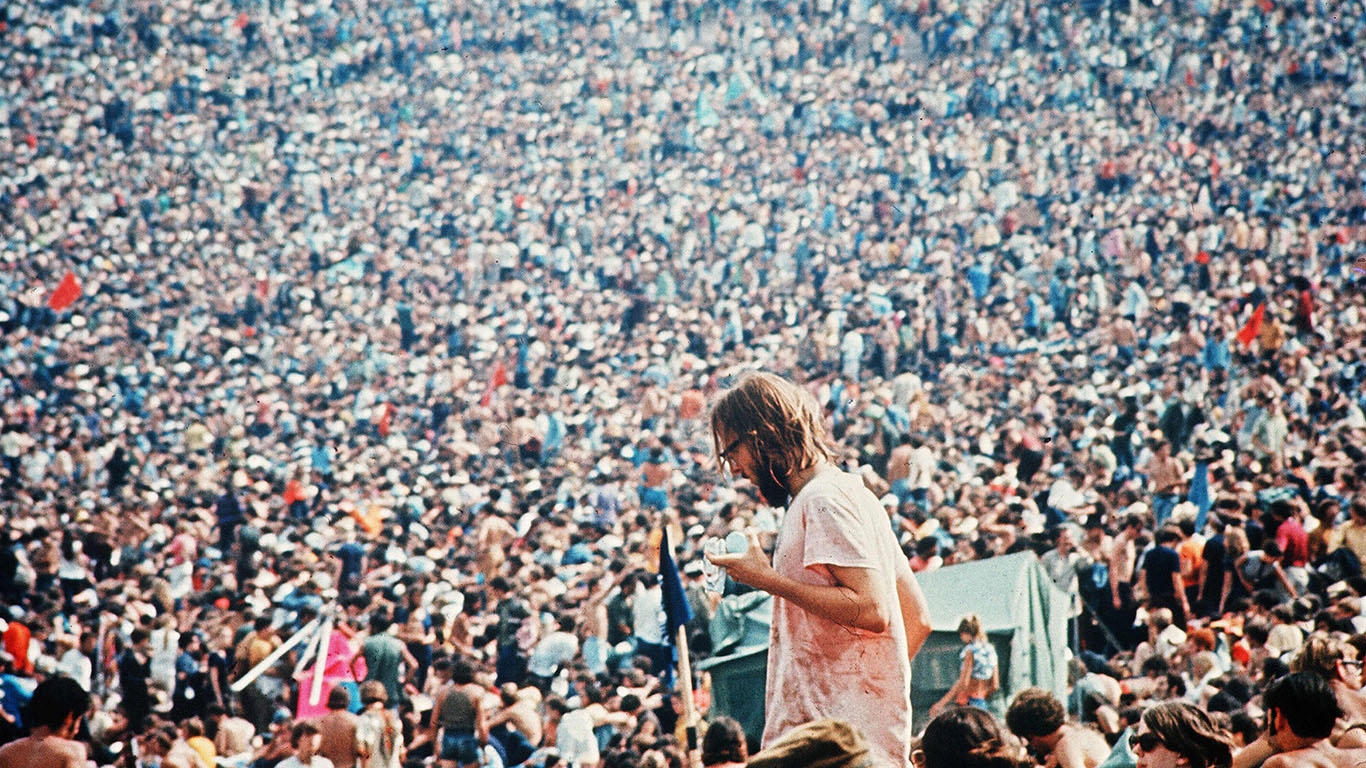
Held in August 1969 in the small upstate New York town of Bethel, Woodstock billed itself as an “Aquarian Exposition: 3 Days of Peace & Music” and purported to be a who’s who of the music world at the time. So many people showed up, however, that the promoters were forced to make it into a free concert at the last moment.
Despite overcast skies and bouts of rain turning the large fields into mud, the concert remained surprisingly peaceful and became a pivotal moment in music history. Over 460,000 people attended and watched 32 acts perform. These included Jefferson Airplane, Jimi Hendrix, Santana, The Who, the Grateful Dead, and many more. As one of the largest concerts in music history with classic live moments to show for, Woodstock became a defining moment for the hippie movement and the baby boomer generation. The release of the 1970 documentary film of the same name only solidified its iconic reputation.
Queen at Wembley Stadium
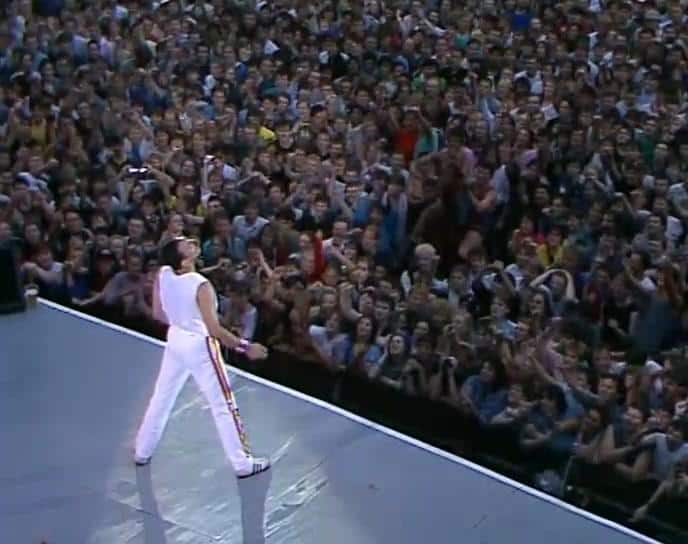
During the band’s “Magic Tour,” Queen stopped at Wembley Stadium on July 12, 1986, for what would become their best-regarded concert ever. Though already known as consummate live performers, something in the air that day transformed Queen from a solid live band into an iconic group of showmen.
Playing to a crowd of over 70,000 people, Queen, led by singer Freddie Mercury, led the audience along in sing-alongs and gave renditions of their classic hits with unparalleled energy. Some of the best versions of Queen’s hit songs like “Bohemian Rhapsody,” “One Vision,” and “We Are the Champions” spring from this concert at Wembley Stadium. Furthermore, a video release of the show immortalized the concert to an even greater degree.
Pink Floyd’s The Wall
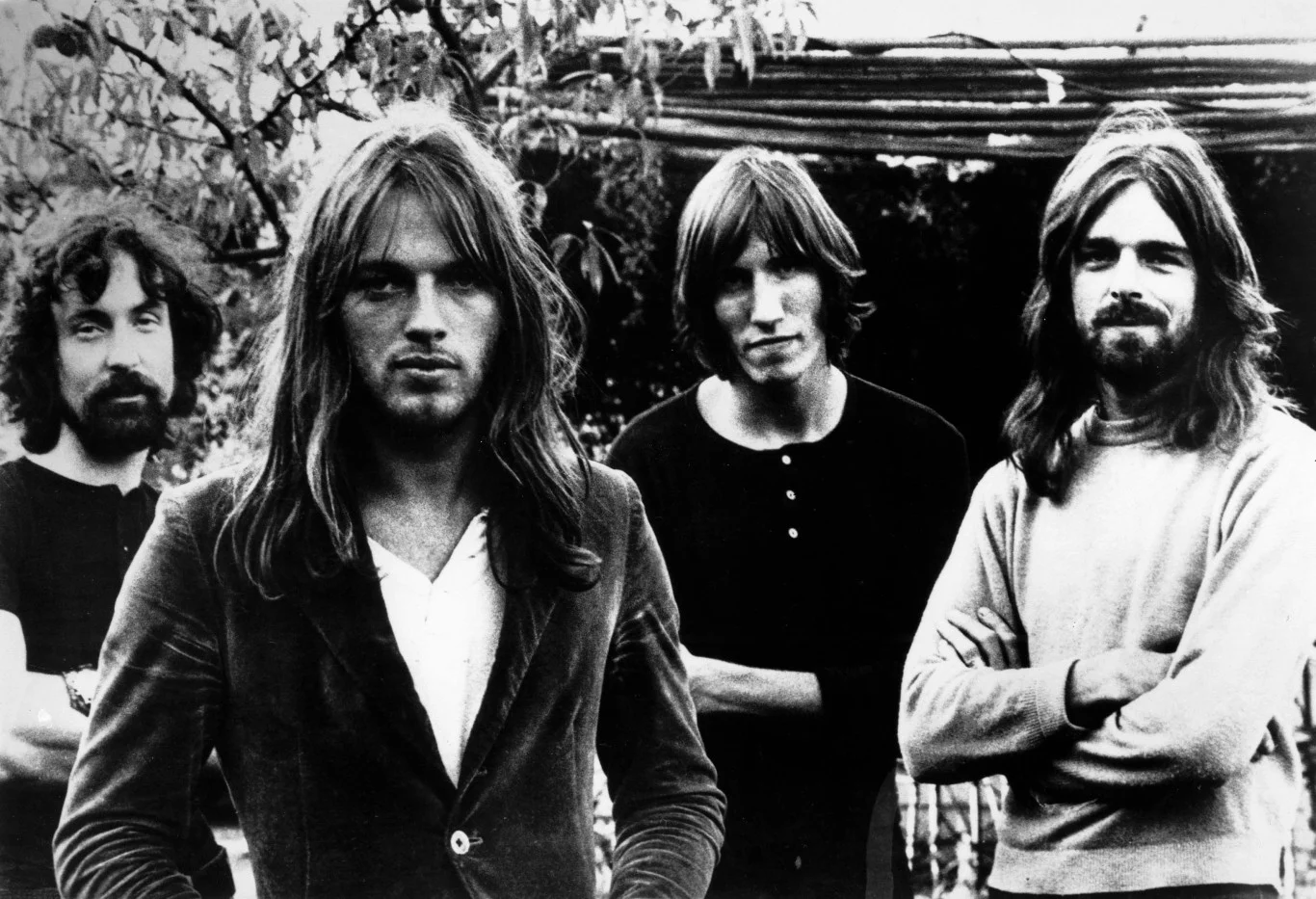
While some bands ascend in a single show, Pink Floyd used a whole tour to revolutionize live concerts. Using stunning visuals, elaborate stage sets, and a sense of grandeur, the band performed its album “The Wall” around the world in 1980 and 1981.
As the people who witnessed it live said, the show functioned less like a conventional concert than a story. The band combined singer Roger Waters’ storytelling and imaginative special effects to create true immersion. To supplant the already iconic tour, Pink Floyd released “Pink Floyd The Wall” in 1982. Directed by Alan Parker and starring rock star Bob Geldof, the film further explored the fear and neurosis a rockstar acquires while rising to stardom.
Live Aid
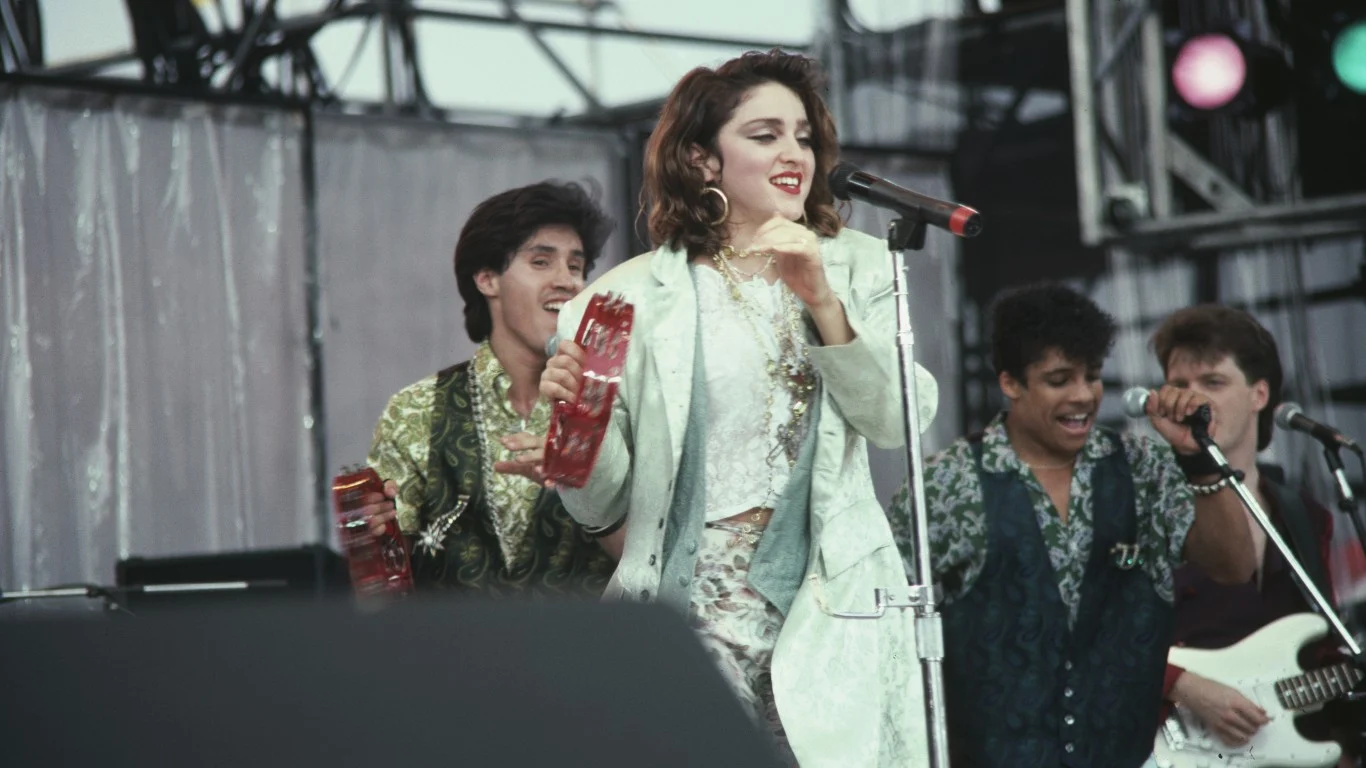
Another one of the most iconic concerts in music history is Live Aid. Held simultaneously in London and Philadelphia on July 13, 1985, Live Aid functioned as a benefit concert seeking to unite people through the power of music. Organized by Bob Geldof and Midge Ure, the dual concert featured some of the biggest names in music at the time.
Some of the artists included Madonna, David Bowie, U2, Pink Floyd, Dire Straits, and many more. Since the concert played live on television, it arguably drew in the biggest crowd ever with over a billion people watching from home. Thanks to a stellar opening performance from Queen, and a host of other great acts, Live Aid raised untold sums for famine relief in Ethiopia.
Nirvana Unplugged in New York
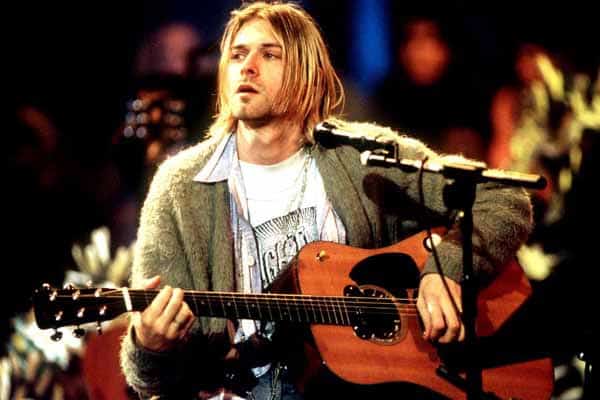
Though they made their name as a heavy-rock and grunge band, Nirvana accepted MTV’s invitation to play a stripped-down acoustic show at their studios in New York City. Filmed in an intimate setting with a small audience, Nirvana’s “MTV Unplugged in New York” became the most iconic of all the unplugged concerts.
Not only did Nirvana play hauntingly beautiful versions of their popular songs, but they also included imaginative covers from diverse acts like Leadbelly and the Meat Puppets. Though vulnerable, poignant, yet raw, the show became an instant classic after lead singer Kurt Cobain committed suicide only a few months later. Though the meteoric rise of Nirvana was cut short, the recording of Nirvana Unplugged at MTV became a No. 1 album, later being certified at 8x platinum in sales.
Johnny Cash at San Quentin Prison
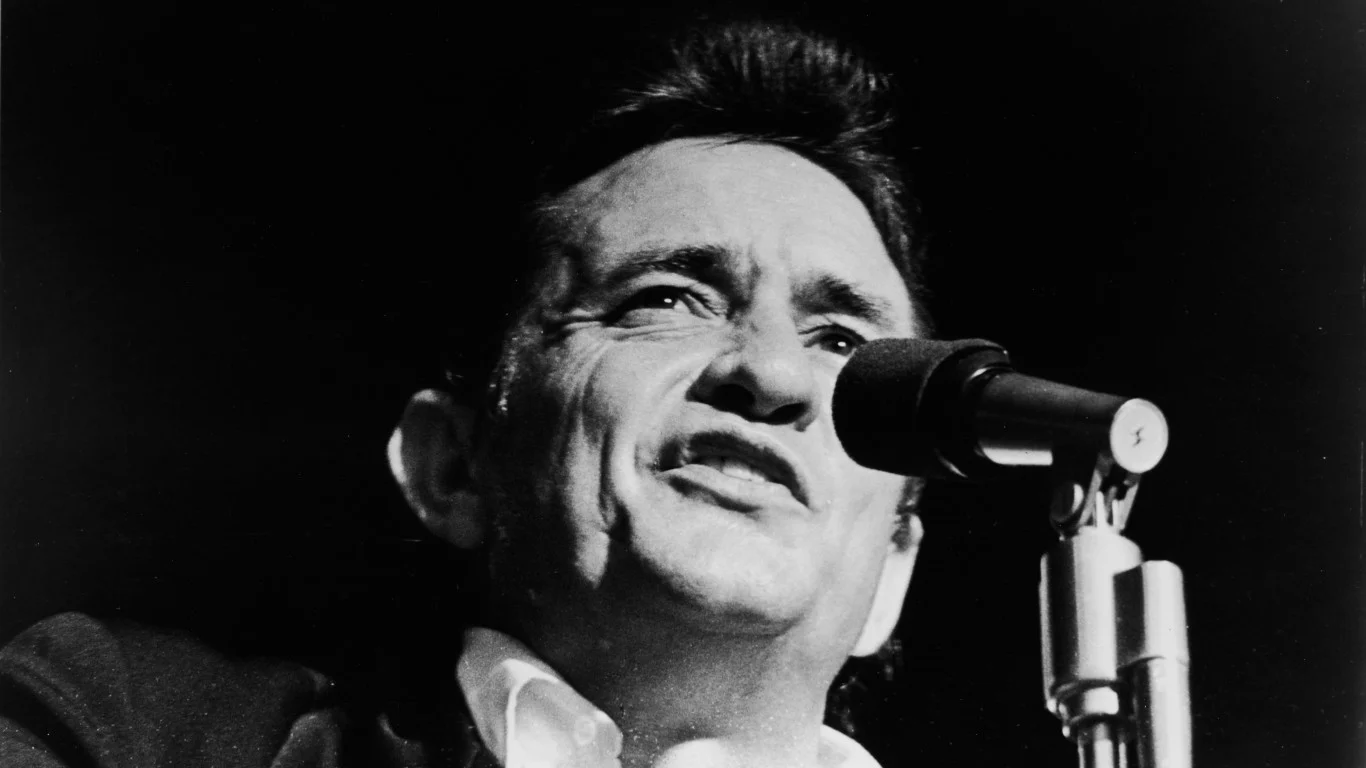
Leave it to the “man in black” to transform a place of violence, division, and oppression into a sanctuary of raw emotion, connection, and musicianship. It’s Feb. 24, 1969, and Johnny Cash and his band show up to perform at the infamous San Quentin State Prison in California. The band was nervous, with the guitarist Bob Wootton later saying, “I remember walking through two sets of iron gates, and when I heard them close, I thought, ‘Man, I hope we get back out of here.'”
Cash, however, was solemn and prepared. He had played a couple of prison shows before, but the performance at San Quentin Prison would go down as a truly unique and iconic concert in music history. Standing before over 2,000 energetic and raucous prisoners, Cash and his band played songs tailored to the imprisoned audience of thieves and murderers like “Starkville City Jail” and Bob Dylan’s “Wanted Man.”
Furthermore, Cash took a chance and premiered a new song that his band had never heard before called “A Boy Named Sue.” Upon commercial release, the song became a No. 1 country single and helped Cash transition into a more pop, mass-market appeal. Whatever the case, Cash’s performance at San Quentin Prison established his true outlaw authenticity while ironically prepping him for superstardom.
The Who at the University of Leeds
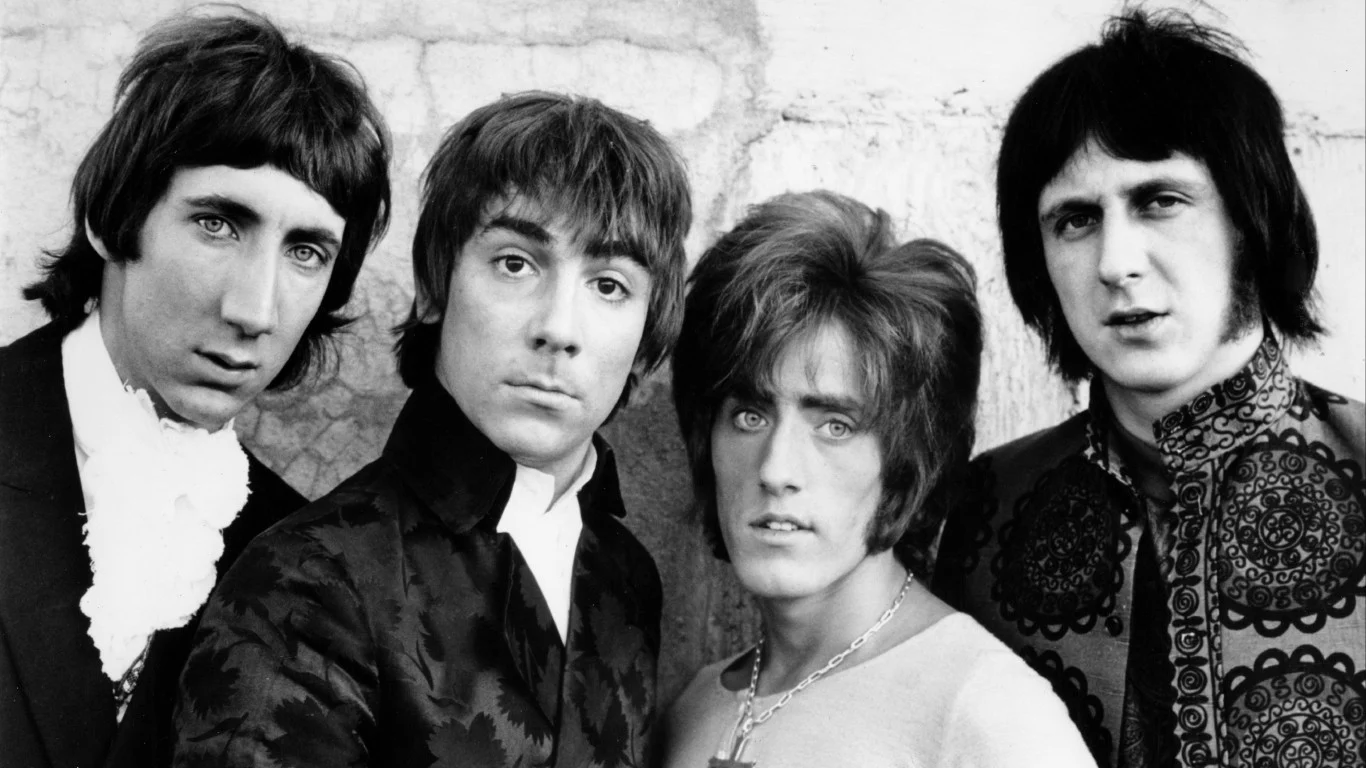
Another one of the most iconic concerts in music history is The Who at the University of Leeds in the United Kingdom. Fresh off the success of the elaborate rock opera “Tommy,” The Who sought to return to their raw, roots with a live album. Guitarist Pete Townshend, however, detested the recordings made of the band on their previous U.S. tour. As such, The Who returned to their English homeland to accomplish the feat.
And accomplish they did, performing in front of over 2,000 screaming fans and students at the University of Leeds. For the show and live recording, The Who marathoned through over 38 songs including a special, 15-minute version of “My Generation.” Townshend later called it “the greatest audience we’ve ever played to.” The live recording, “The Who Live at Leeds” remains one of the rawest and most exciting live rock concerts ever put to tape.
Patti Smith Group and Television at CBGB
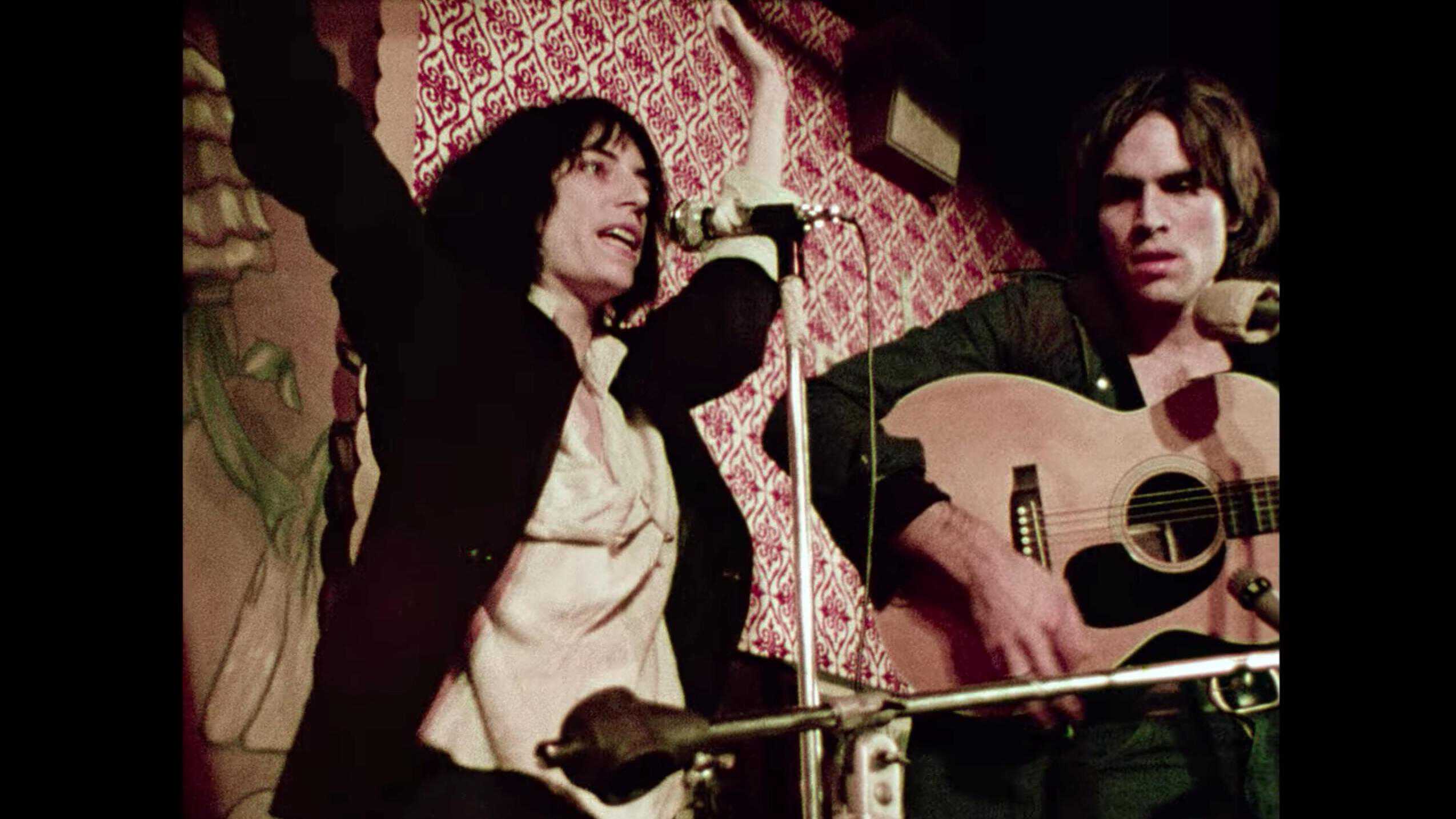
Throughout a 2-month-long residency, the already burgeoning CBGB club in New York City helped establish Patti Smith and Television as some of the most innovative, and exciting voices in the quickly synthesizing rock and punk music genres.
During this residency, Smith improvised haunting poetic chants over her band’s simple, yet brutal chord patterns. It wasn’t just free association, however, as much of this live material became the basis for Smith’s seminal debut album, “Horses.” Television, too, used the residency to craft the type of hypnotic, mellifluous guitar-weaving that would make their later album “Marquee Moon” into one of the most celebrated rock albums of all time.
As Smith later put it, “CBGB was the ideal place to sound a clarion call.” Her guitarist, Lenny Kaye, was equally affected by the heady atmosphere of the club, the bands, and the era in music. As he said, “I remember one night standing outside CBGB, in the doorway of the derelict hotel next door, smoking a joint, and realizing that this was the kind of gathering of psychic energies I’d always dreamed of when, say, I would read about the San Francisco scene in 1966.”
Elton John at the Troubadour
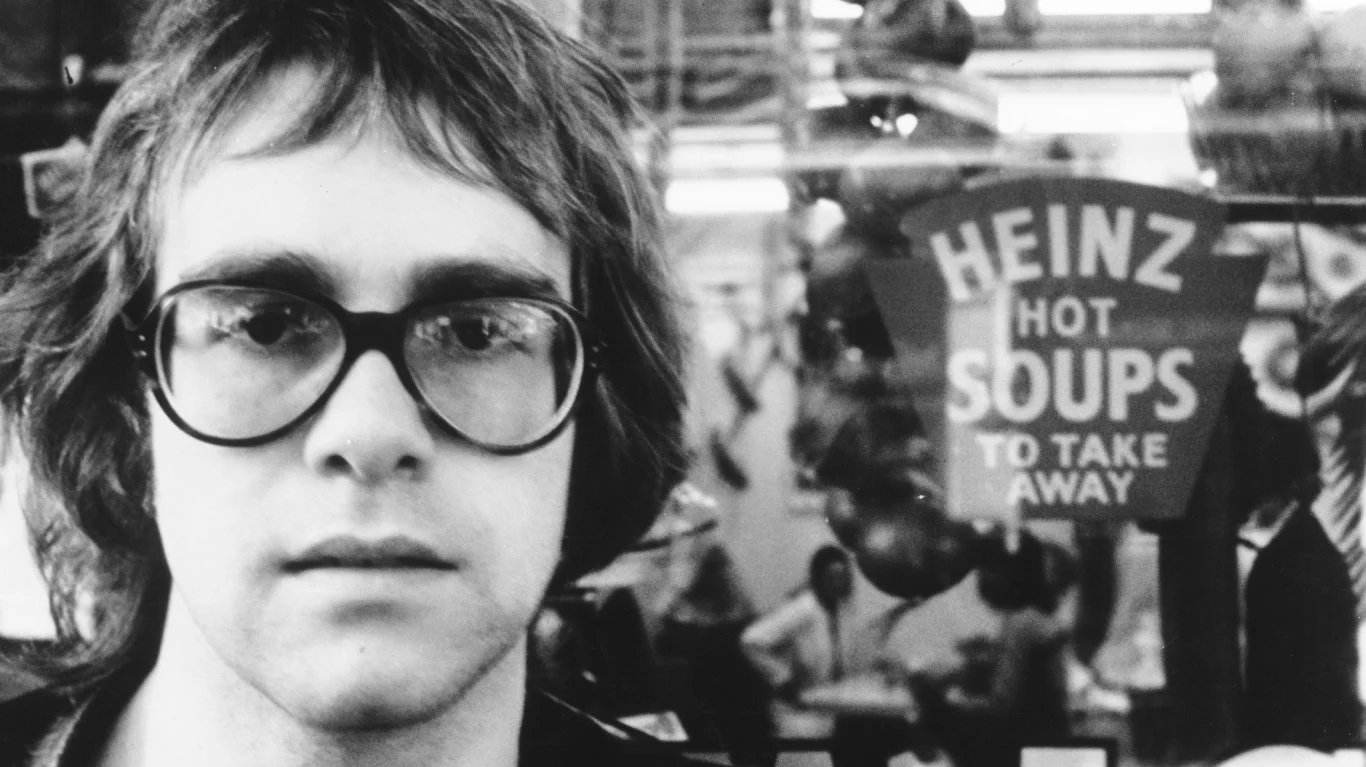
Another one of the most iconic concerts in music history is Elton John’s six-day residency at the Troubador in Los Angeles between August 25-30, 1970. Having just changed his name from Reginald Kenneth Dwight, John was relatively unknown to American audiences. Furthermore, his debut album wasn’t selling and his record label recently called a crisis meeting to get him more coverage.
Thankfully, the shows were packed with a who’s who of rock royalty including Neil Diamond and Crosby, Stills, Nash & Young. Armed with only a piano, and accompaniment on drums and bass, John delivered a punk-like energy. Tearing through songs like “Take Me to the Pilot” and “Sixty Years On,” John and his band delivered soulful tunes with unparalleled energy. As his residency continued, word spread around town, leading Los Angeles Times music critic Robert Hilburn to write, “His music is so staggeringly original.” From there, John’s single “Your Song” hit the charts a few weeks later and the rest is history.
Even 40 years later, Elton John looks back on his Troubadour residency fondly. Recalling the iconic shows, he said, “It was just all systems go. Nothing was impossible. You’re working on adrenaline and the sheer fact that you’re a success. I still love what I do, and I’m 70 years old. I love it even more.”
Radiohead at Glastonbury
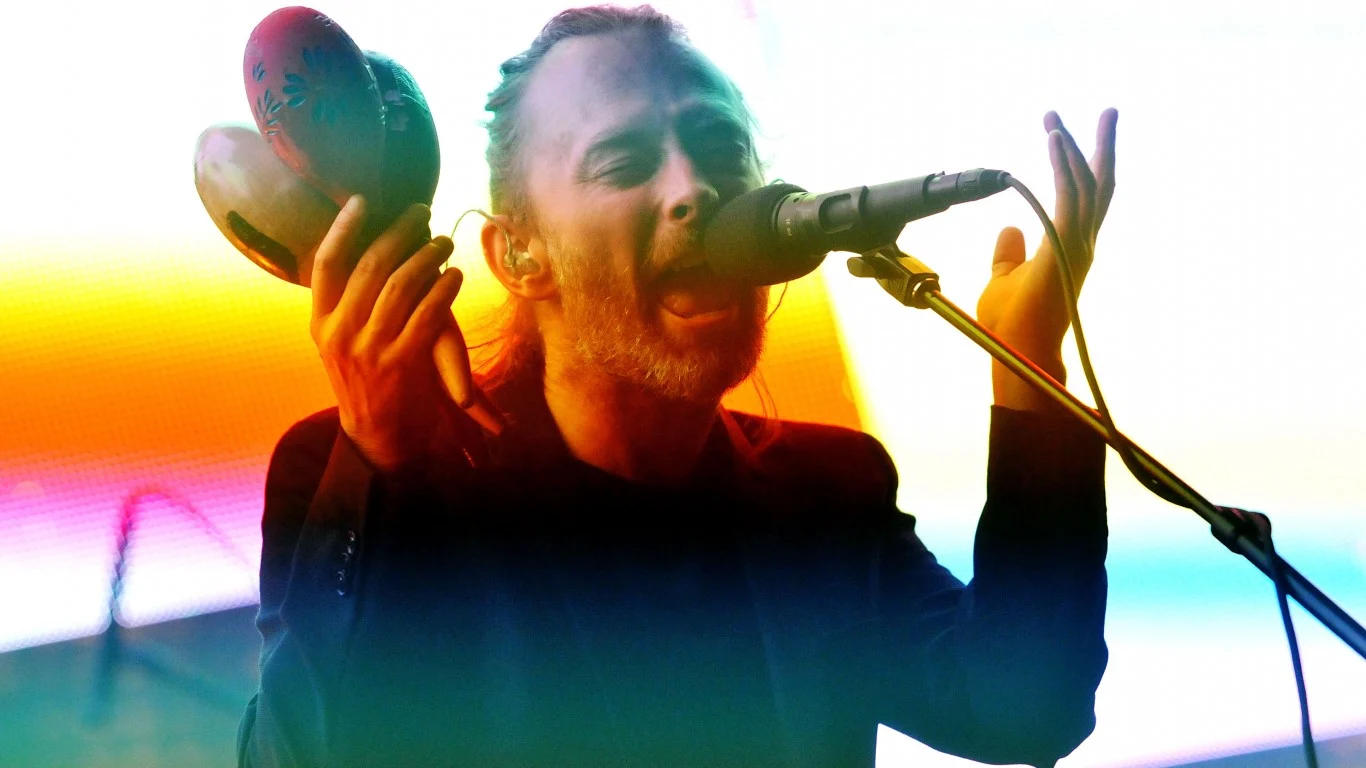
On June 28, 1997, Radiohead took the Glastonbury stage and was greeted by what looked less like a music festival and more like a warzone. Days of rain flooded the audience field and sank multiple stages into the mud. Some audience members even came away with Trench Foot, a World War I-era illness, due to the inhospitable conditions.
Furthermore, lead singer Thom Yorke’s sound monitor melted down and a lighting rig shone directly in his face. As Yorke later put it, “If I’d found the guy who was running the PA system that day, I would have gone backstage and throttled him. Everything was going wrong. Everything blew up.”
Instead of flopping, however, Radiohead channeled that angry, chaotic energy into one of the best live performances of their career. The band tore through their “OK Computer” album with extra verve before leading the crowd in a sing-along of hit “Creep.” Though transcendent, Yorke left the stage furious. It was only after his girlfriend turned him around to look at the crowd that he realized how great of a performance the band had played. (For shows costing a pretty penny, discover the most expensive concert tickets in 2024.)
Aretha Franklin at Fillmore West
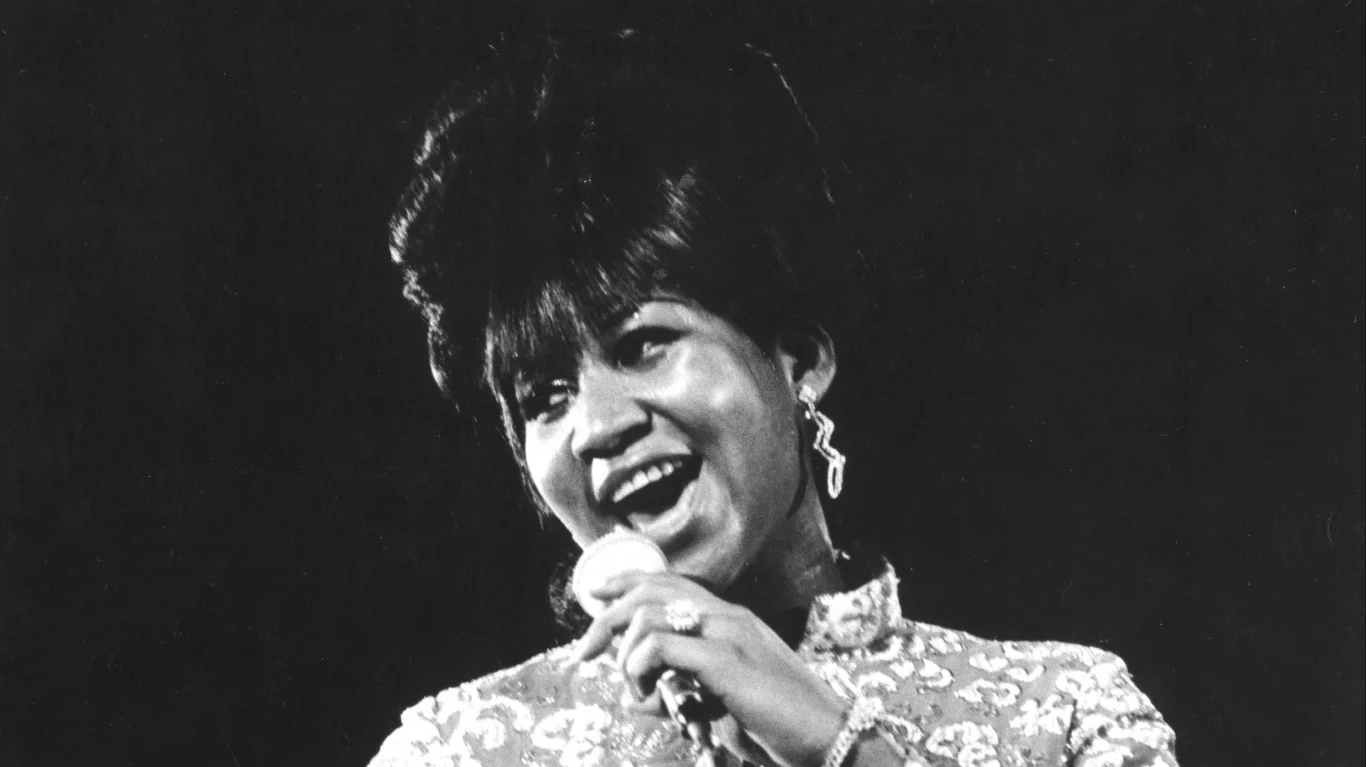
Another one of the most iconic concerts in music history is Aretha Franklin’s powerful performance at Fillmore West in San Francisco. When promoter Bill Graham booked Franklin for the show, he feared a mixed or negative response to the soul music from the decidedly hippie crowd. His worries, however, were quickly vanquished.
Though Franklin had been playing more Vegas-vibes-type shows hitherto, upon entering Fillmore West she spellbound the crowd with energetic renditions of songs like “Bridge Over Troubled Water” and “Eleanor Rigby.” To round out the show, Franklin shocked the crowd after pulling Ray Charles on stage from the first couple of rows. Together, they performed a heart-stopping 19-minute version of “Spirit in the Dark,” trading vocal and piano parts the whole way. As Charles later put it, “She turned the thing into church. I mean, she’s on fire.”
Bob Dylan at Newport Folk Festival
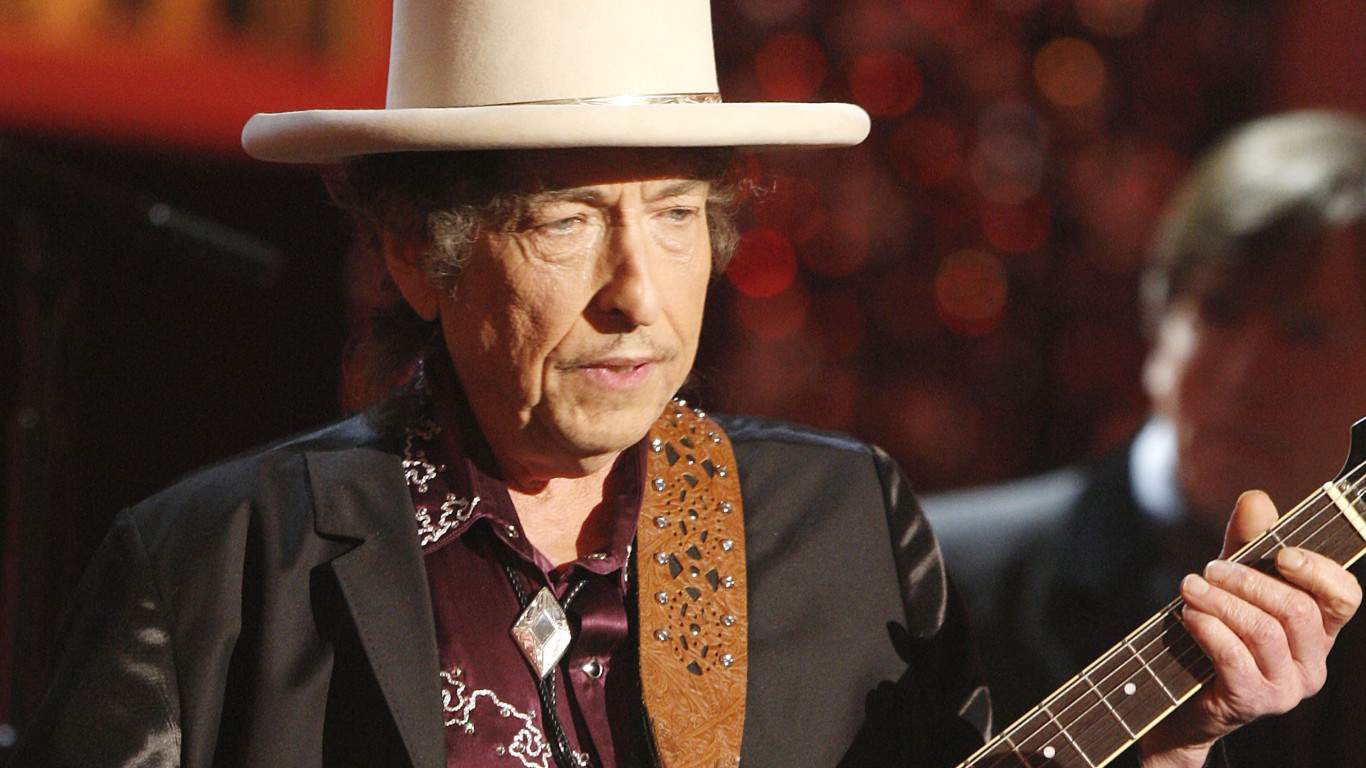
Another one of the most iconic concerts in music history, if not one of the most controversial, is Bob Dylan at the Newport Folk Festival. The year is 1965, and the music presses already consider Dylan the greatest living songwriter of, at least, the folk variety. Though already an acoustic darling, Dylan took umbrage to comments made by festival organizer Alan Lomax.
In response, Dylan decided to give the subdued crowd an extra injection of energy by going all-electric, an unheard-of move in the folk scene at the time. He opened with “Maggies Farm” before transitioning to “Like a Rolling Stone” and “Phantom Engineer,” before closing out his set with “It Takes a Lot to Laugh, It Takes a Train to Cry.”
In response, the crowd cheered as much as they booed, shocked by the show of electric rock. Some say the rocking set shocked the folk-loving crowd, while others said it was simply too short and too loud. Whatever the case, that day at the Newport Folk Festival went down as a pivotal moment in the transition from folk to rock in popular music. In an extra bit of protest, Dylan did not return to the Newport Folk Festival for over 37 years.
The Beatles at Shea Stadium
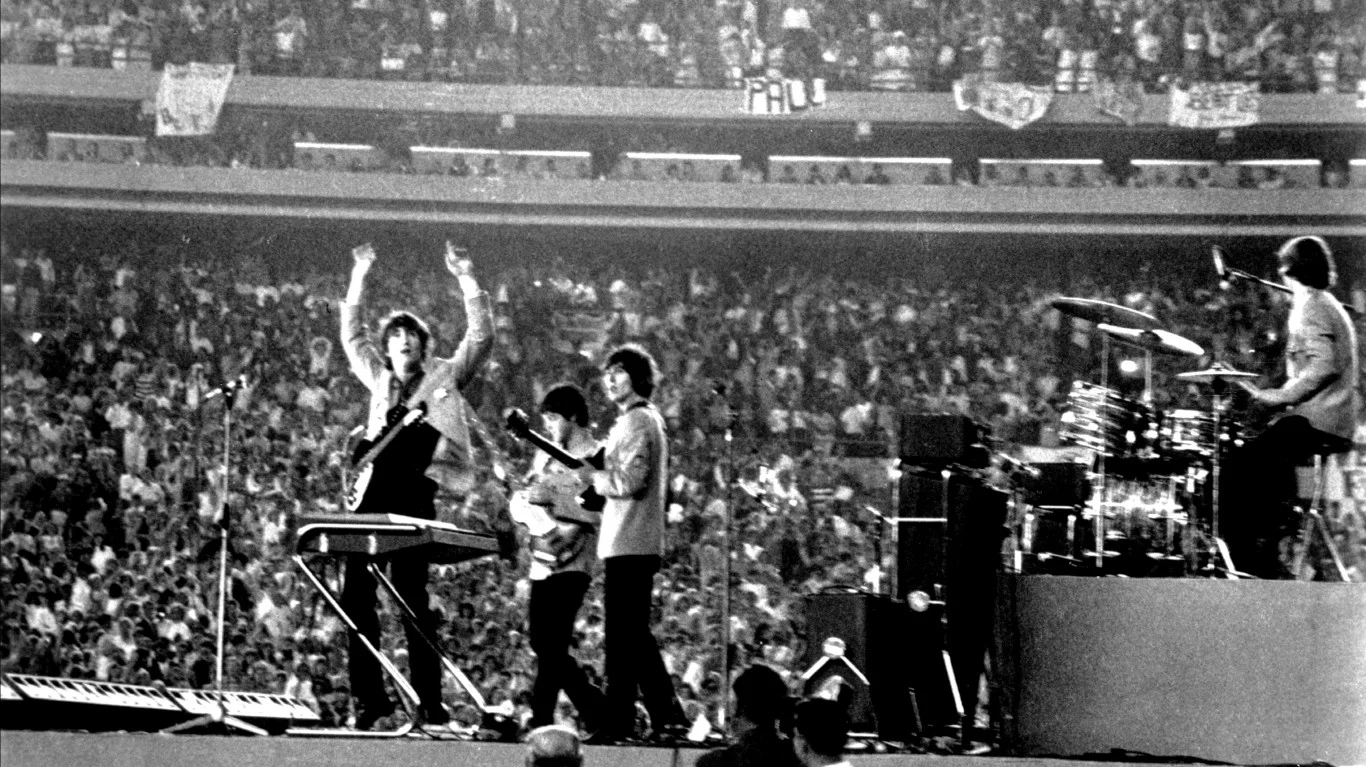
The year is 1965, and the British invasion has enraptured the American youth. Standing at the front lines is The Beatles, who made history with their performance at Shea Stadium on Aug. 15, 1965. It went down as a pivotal moment in music history as the first true stadium performance by a rock band.
Though iconic, it was arguably one of the worst live performances in history as well. Playing far away from a crowd of 55,000, The Beatles couldn’t hear themselves as the audience screamed at the top of their lungs for the duration. A documentary film of the show and the subsequent tour later saw release, cementing the iconic show. As for the band’s part, they came away dizzy. John Lennon later said, “What I remember most about the concert was that we were so far away from the audience. … And screaming had become the thing to do. … Everybody screamed. If you look at the footage, you can see how we reacted to the place. It was very big and very strange.”
James Brown at Boston Garden

It was April 5, 1968, a day after someone assassinated Martin Luther King Jr., which set off a wave of riots and protests across the country. Though Boston civic leaders planned to cancel Brown’s performance, factions in city government thought it would only cause more unrest.
So, the show went on, and Brown delivered a performance for the ages, playing with the raw but charismatic energy he was known for. Though white audience members rushed the stage in the climax of the show, before police officers restored order, Brown held a tight command over the audience. In response to the disorder, he said to the crowd, “You’re not being fair to yourself and me or your race,” he told the crowd. “Now, are we together, or we ain’t?”
From there, Brown closed out one of the greatest performances of his career, even being joined by Boston Mayor Kevin White. By the end of the show, Brown shook hands with members of the audience in the front row. His spellbinding leadership and showmanship caused numerous requests for Brown to appear in front of other audiences around the country amid the civil rights unrest.
Altamont Free Concert
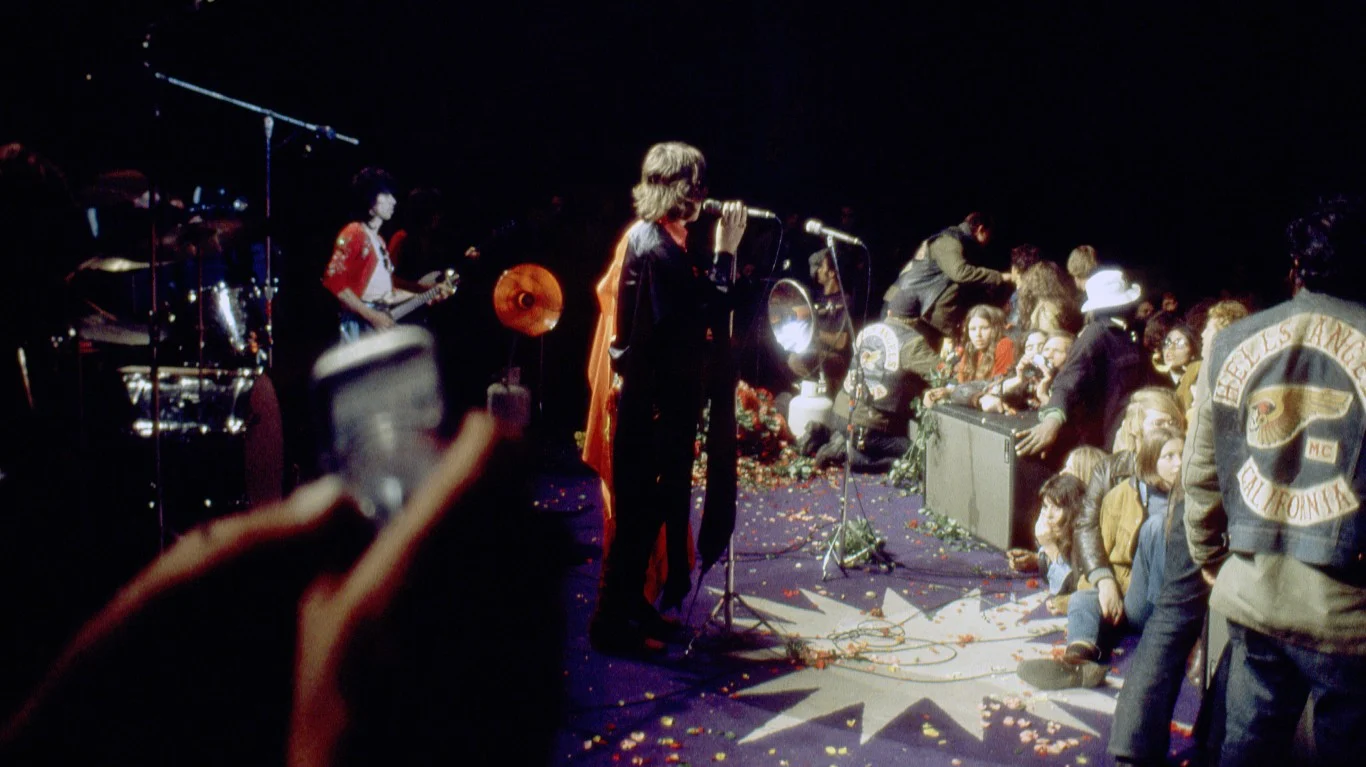
Another one of the most iconic concerts in history is the Altamont Free Concert but for decidedly negative reasons. Running with the energy of Woodstock which occurred only a few months earlier, the Altamont Free Concert took place Dec. 6, 1969, at the Altamont Speedway near Tracy, California. Though some anticipated it to be the Woodstock of the West, the gods had a different plan for Altamont.
While it featured performances by big names like Santana, Jefferson Airplane, and Crosby, Stills, Nash & Young, it was headliners the Rolling Stones that found themselves in a vortex of violence. With Hells Angels acting as security for the show, a man named Meredith Hunter was stabbed to death in the crowd during the Stones’ set. Furthermore, three others suffered accidental deaths, while scores of other people were injured, property was damaged, and multiple cars were stolen.
The event was immortalized in the documentary film “Gimme Shelter,” and remains one of the most chaotic and violent concerts of all time. (For other scandalous music moments, explore 10 of the most controversial songs in history.)